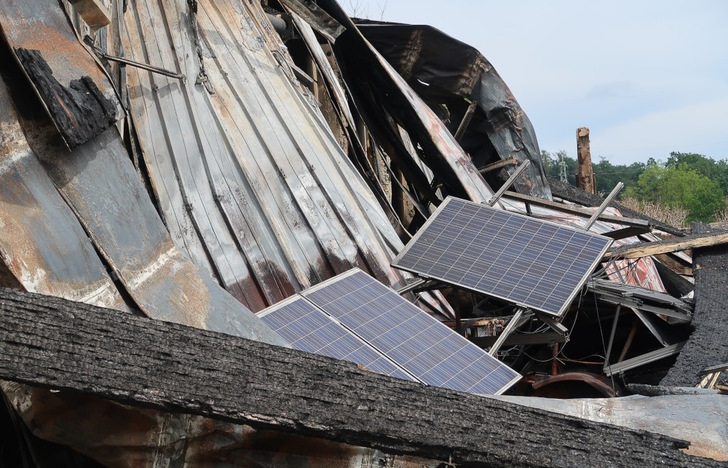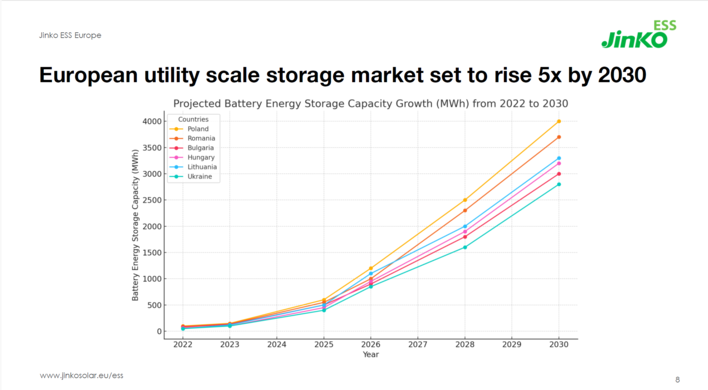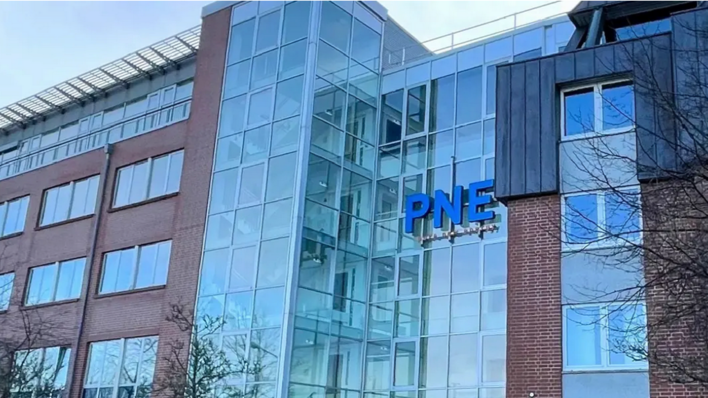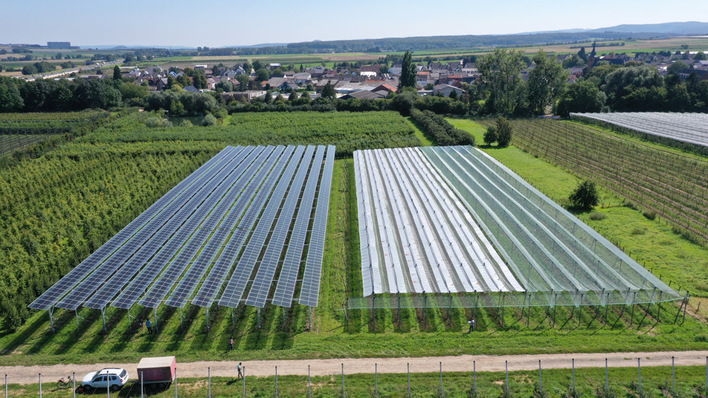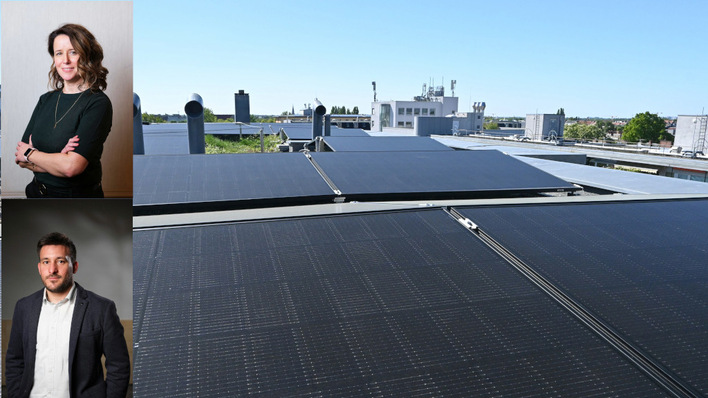In light of recent tragic events, such as the fire at the Marywilska 44 shopping center in Warsaw, Poland, the public increasingly raises the issue of fire protection. Naturally, many theories, ranging from plausible to unlikely, emerge. From the perspective of someone who has worked in the PV industry for many years, I frequently encounter the following statements in discussions:
- "Oh, so you're the one calling me?"
- "These panels are a scam; they'll pay millions for disposal later!"
- "It's not worth it; it will keep breaking down and never pay off."
However, the more relevant statements for today's topic that I often hear include: "If the installation catches fire, we'll have free heat," and "Do you also sell fire insurance with them?"
Reviewing daily online publications about the industry, one finds many clickbait titles such as "The PV Boom Has Created a Ticking Problem. Should We Be Afraid?" or "Drama in Podkarpackie Voivodeship. 'Heatwaves Are a Dangerous Test for Photovoltaics.'" We also read about the "heroic struggle of firefighters, despite which people lost their homes and entire life's savings. In Strzebowiska, Poland, a dangerous fire broke out. It is not excluded that the cause of the tragedy could have been a short circuit in the photovoltaic installation. The property owner installed it himself.“
Are PV installations really that risky?
According to the Polish Central Statistical Office's data for 2022:
- Total number of interventions: 608,000
- Total number of fires: 135,968
The first aspect that stands out is that fires constitute only 28% of all SP (State Fire Service) interventions. More frequently, these interventions involve road accidents and the removal of the effects of natural forces and local hazards.
When excluding fires of forests, meadows, cars, etc., and leaving only buildings of all types, we get 38,113 incidents, which translates to 6.27% of all interventions. For comparison, 47,895 incidents, or 7.88%, are false alarms. Unfortunately, the Polish Central Statistical Office's data do not specify the causes of fires, making them an unsuitable source for answering questions about photovoltaic fires.
How is it in PV and heating installations?
According to senior captain Tomasz Szwajnos, the most common causes of fires vary by season. In autumn and winter, the main cause is faulty heating installations. In the Silesian Voivodeship alone, this accounts for over half of all incidents annually. Other common causes include:
- Carelessness of adults when handling open flames (including cigarettes, matches) and flammable substances;
- Improper use of electric heating devices;
- Improper use of electrical devices and installations.
The issue of data shortage
Unfortunately, Polish State Fire Service does not collect data directly related to PV installation fire cases. From unconfirmed sources, we only know that according to captain Łukasz Bednarczyk, based on service notes from 2018-2021, 411 entries related to incidents in homes with so-called micro-installations were recorded in Poland, but only 308 of them involved fires.
Also see: Start-up Photonica partners with Menlo Electric
Unfortunately, it is impossible to confirm unequivocally that the installation was the direct cause. For comparison, nearly 2.2 million interventions were recorded between 2018-2021. Assuming analogously, there were 137,000 building fire incidents in those years, which on average would be about 0.003%.
During this period, the number of PV installations on buildings increased from 28,778 in 2018 to 454,443 in 2021.
How does it look worldwide?
According to BRE National Solar Center data, in 2017 in the UK, 58 incidents were recorded out of about 1 million installations. In Germany, we have access to a study by TÜV Rheinland and the Fraunhofer Institute for Solar Energy Systems, published in 2015 (covering all PV systems - micro-installations and farms). The study, conducted over several years, showed that out of 430 fire-related damages linked to photovoltaics, only 210 were caused by the PV system itself. This translates to problems in just 0.016% of all installed PV systems. Unfortunately, most publicly available data are outdated, complicating the analysis of the current situation.
Photovoltaics equals fire?
Analyzing all available statistics online and based on my experiences and those of other industry experts, we can confidently say that PV installation fires are incidental events with a much lower chance of occurrence than any other fire group. Probably for this reason, there is no comprehensive and continuously updated data. Therefore, the often-repeated myth that photovoltaic installations are dangerous and prone to fire can be debunked.

Photonica
Of course, it should be remembered that there is always a risk that such an event may occur. The best protection against it is a professional approach to the implementation of the installation by qualified specialists, using proven and safe product solutions available on the market, and periodic inspection of our installations. This applies not only to PV. Given that it is currently summer, I encourage everyone to review ventilation, heating systems, and electrical installations.
How to ensure safety when designing products and solutions for PV Installations?
Based on my many years of experience in the automotive, manufacturing, and photovoltaic industries, I conclude that one of the most important aspects related to safety and fire prevention is using proven products from reputable companies. These solutions not only withstand the harshest weather conditions in Europe, ensuring trouble-free system operation for many years, but they must also have all necessary certificates and guarantees of origin.
Also interesting: Report calls for better safety standards for storage systems
During installation, it is essential to use safe DC cables with special insulation that ensures high resistance to abrasion, high temperatures, fire, ozone, and UV radiation. Using certified and well-known products on the market, as well as their installation in collaboration with experienced and qualified installers, guarantees not only our safety and that of our customers but also reduces the likelihood of potential failures, ensuring the installation will serve us efficiently for many years.
Summary - advice
- Using proven components and products;
- Choosing reliable installation companies that offer professional installation according to standards and recommendations;
- Conducting periodic inspections of installations;
- Consulting a professional for any deviations, irregularities, or aspects raising doubts. (NG/hcn)


